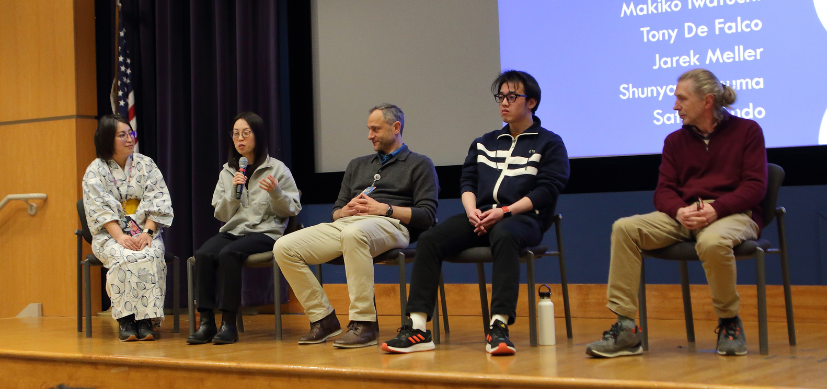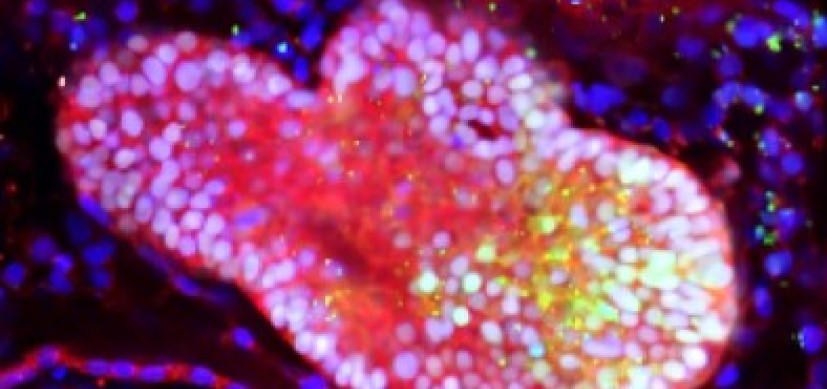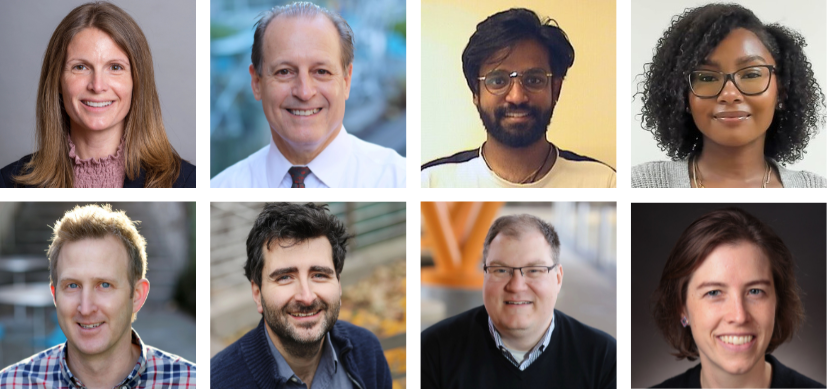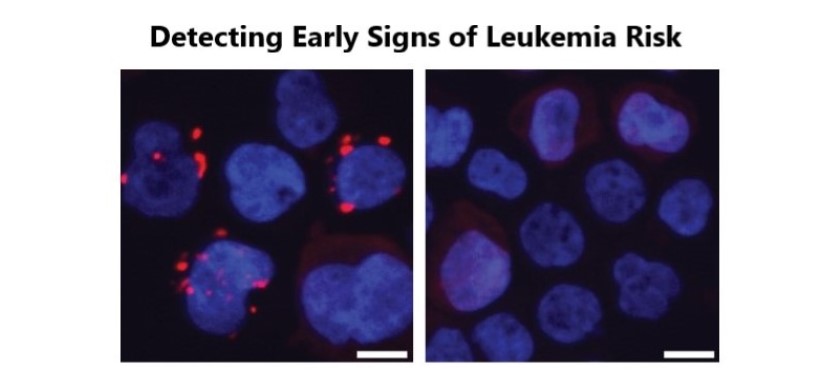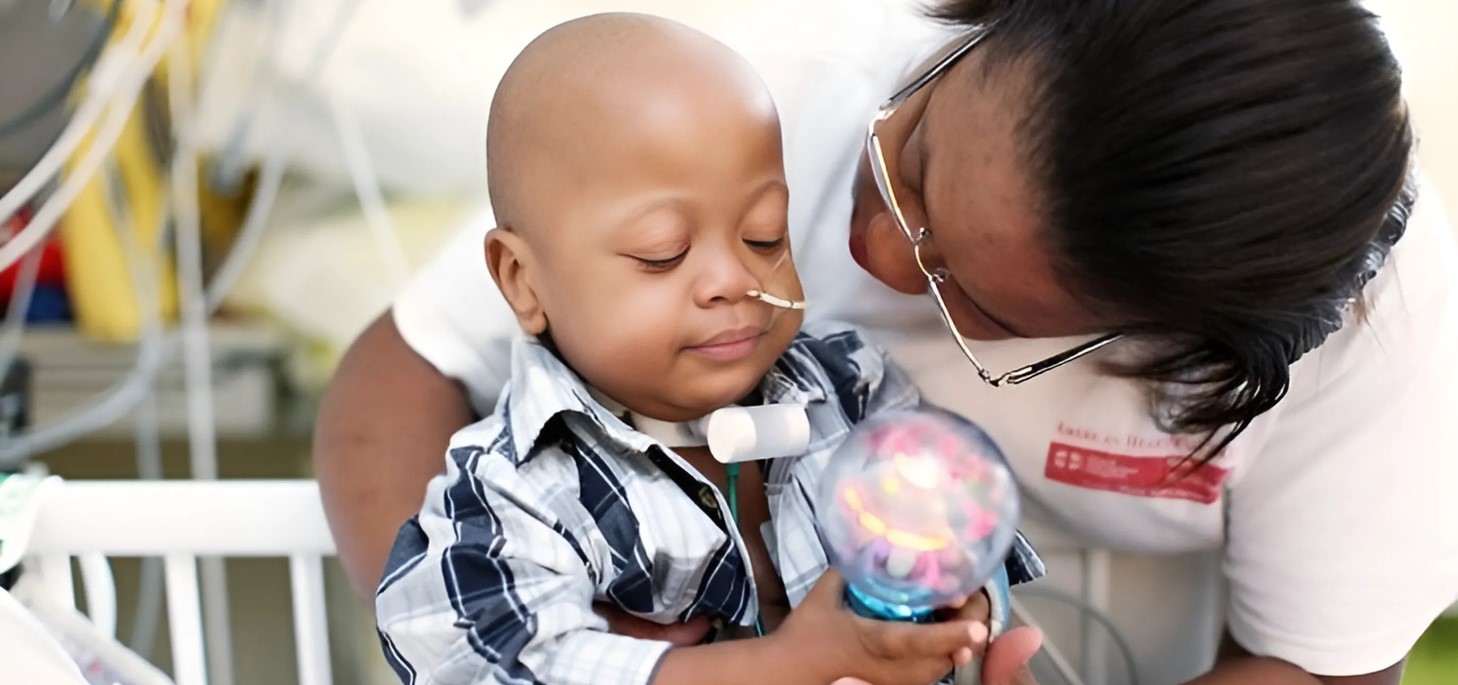Organoid Medicine Milestone Reported in Cell Stem Cell
Research By: Holly Poling, BS | Nambirajan Sundaram, PhD | Magdalena Kasendra, PhD | Michael Helmrath, MD
Post Date: September 12, 2024 | Publish Date: Sept. 12, 2024

Lab-grown human tissue successfully repairs damaged intestines in rodent model. Achievement led by experts at Cincinnati Children’s moves years-long research effort closer to first-in-human clinical trial. Potential benefits include new therapies for ulcerative colitis, Crohn’s disease, and more.
In this science story, there has not been just one, big “Eureka!” moment, there have been a chain of them dating back more than 15 years.
One such moment arrived in 2019 when Holly Poling, a staff investigator at Cincinnati Children’s, saw microscopic proof that organoids—once the stuff of theory, of distant possibility—actually restored function to a small loop of severely damaged intestine.
The repair occurred in a rodent model, but the tissues involved were human.
Now, in a study published online Sept. 12, 2024, in Cell Stem Cell, a team of experts at Cincinnati Children’s reports the details of a milestone achievement in the emerging field of organoid medicine.
“Our cellular product was much more than a surface patch over intestinal damage. We could see that the cells we introduced induced repairs across all the important layers of the intestine, including the musculature of the mesenchyme and the internal protective surface layer, or epithelium.” Poling says. “We confirmed the formation of a variety of cell types and all of them were human, including new blood vessel incorporation. The repaired regions showed appropriate barrier function, too. We could see cells responding to chemicals in the ways that they should respond.”
The team also made another finding considered crucial for attempting such repairs in a human patient:
“We checked the brain, kidneys, heart, lungs, liver, and other areas. For the time period we tracked, we didn’t find any of the human cells anywhere that they weren’t supposed to be.”
Coming next: seeking FDA approval to launch a clinical trial
Poling is the lead author for a team study that includes several organoid development pioneers at Cincinnati Children’s. Michael Helmrath, MD, is the corresponding author. Co-authors who have been deeply involved in previous organoid advances at Cincinnati Children’s include Nambirajan Sundaram, PhD, Magdalena Kasendra, PhD, Christopher Mayhew, PhD, Maxime Mahe, PhD, Takanori Takebe, MD, PhD, and James Wells, PhD.
Wells was the principal investigator behind the world’s first functional, three-dimensional intestinal organoid from induced pluripotent stem cells, described in 2010 in a study in Nature.
In the years since, Cincinnati Children’s formed the Center for Stem Cell & Organoid Medicine (CuSTOM), recruited even more outstanding scientists, and published a series of successes at developing mini versions of the stomach, esophagus, colon, liver, pancreas, kidney, lungs, and more. Here, experts are growing organoids to mimic blood vessel functions and brain organoids to explore neuron formation and more.
So far, these new tissues have been used primarily as testing platforms for basic research to understand the causes and mechanisms of disease, and to evaluate potential new medications with tiny-but-functional bits of living human tissue rather than relying so heavily on animal models.
As the sophistication of the intestine organoids has improved—new versions incorporate functioning nerves, immune cells, and other critical functions—the potential for using them as a form of cell therapy transplantation is moving closer to reality.
To push this effort, Cincinnati Children’s has invested more than $10 million as part of its Pursuing Our Potential Together initiative to support Helmrath and colleagues as they conduct numerous experiments to demonstrate that organoids have direct potential for repairing damaged human organs.
That investment has been augmented by three grants totaling $11 million from the Farmer Family Foundation. Those gifts helped launch the CuSTOM Accelerator Lab, led by Kasendra, which spearheads the complex work to produce organoids that meet rigorous Good Manufacturing Practice (GMP) standards required for using the tissues in humans.
Reaching this stage has involved 35 labs in 15 divisions at Cincinnati Children’s.
“This work represents a huge commitment from the entire institution,” Helmrath says. “There’s a buy-in from this institution that Cincinnati Children’s will be the world leader in developing and providing organoid cell therapies.”
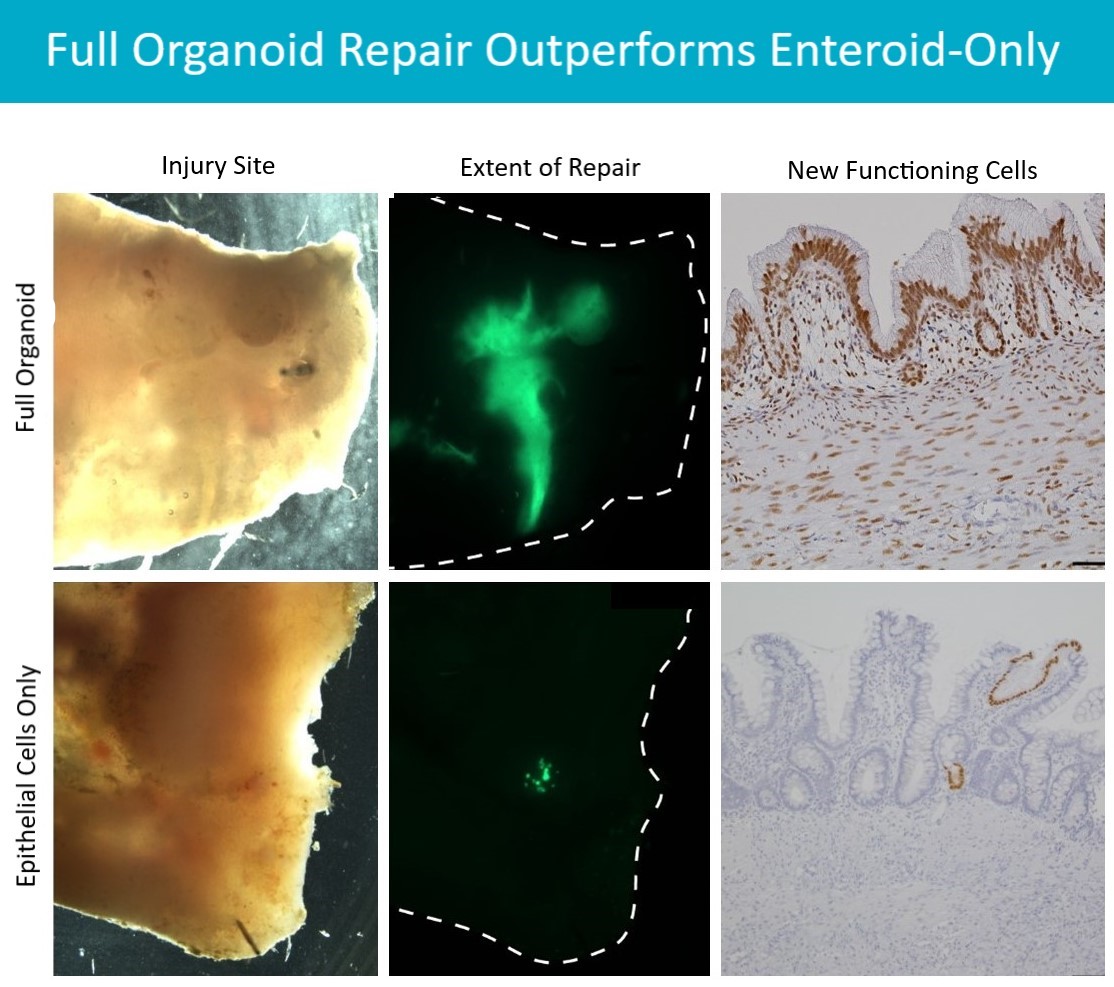
A vital rodent model
After achieving numerous successes with tiny organoids growing in lab dishes, the research team needed to conduct animal-based testing to determine if the novel tissues could repair real organs.
It took about two years of innovative gene editing, advanced microsurgery techniques and excellent veterinary skills to develop a sustainable rodent model for this research. Much of this effort was led by Sundaram and then-surgical resident Alexander Cortez, MD.
In this line of research, the team focused on a rat model instead of a mouse model because the animal needed to be large enough to reliably perform a “Roux-en-Y” surgical procedure. The operation essentially creates an extra side loop of intestine where a tissue injury could be created and then studied to see how well the new cell therapy repairs the damage. All while the still-functional intestine processes nutrients passing through.
The crew started with a line of rodents supplied by collaborators in France. These rodents were engineered to knock down enough of their immune systems to prevent rejecting the insertion of human genes and tissues yet still be healthy enough to receive and recover from surgery.
“Without their full immune system, these rodents often don’t survive very well even without doing any surgery,” Sundaram says. “Ultimately, we were able to standardize our process so that we could track the rodents for 10 weeks after they received the cell therapy. Once the data started coming in, it was very promising.”
Platform for human trials
With an established rodent model, the CuSTOM Accelerator lab can move ahead with multiple tests that will validate the safety of materials and methods to be used in human clinical studies.
“There is no other stem cell therapy product with such extensive regenerative potential. Demonstrating its efficacy in the appropriate preclinical model, along with rigorous safety assessments, is a pivotal step toward advancing it to first-in-human clinical trials,” Kasendra says.
About this study
In addition to co-authors named above, Cincinnati Children’s contributors on this study included Garrett Fisher, Akaljot Singh, Joseph Shiley, Kalpana Nattamai, Vinothini Govindarajah, Alexander Cortez, and Maksym Krutko. Contributors also included Séverine Ménoret and Ignacio Anegon of Nantes Université in France.
Funding sources included grants from the National Institutes of Health (U01DK103117 and P30DK078292), the National Science Foundation, the Cincinnati Digestive Health Center, and the Farmer Family Foundation.
Cincinnati Children’s has a patent application in process related to the work in this study.
Learn more
Read more about organoid research at Cincinnati Children’s
How philanthropists can support organoid research
Find out about research careers involving organoid research
| Original title: | Human pluripotent stem cell derived organoids repair damaged bowel in vivo |
| Published in: | Cell Stem Cell |
| Publish date: | Sept. 12, 2024 |
Research By

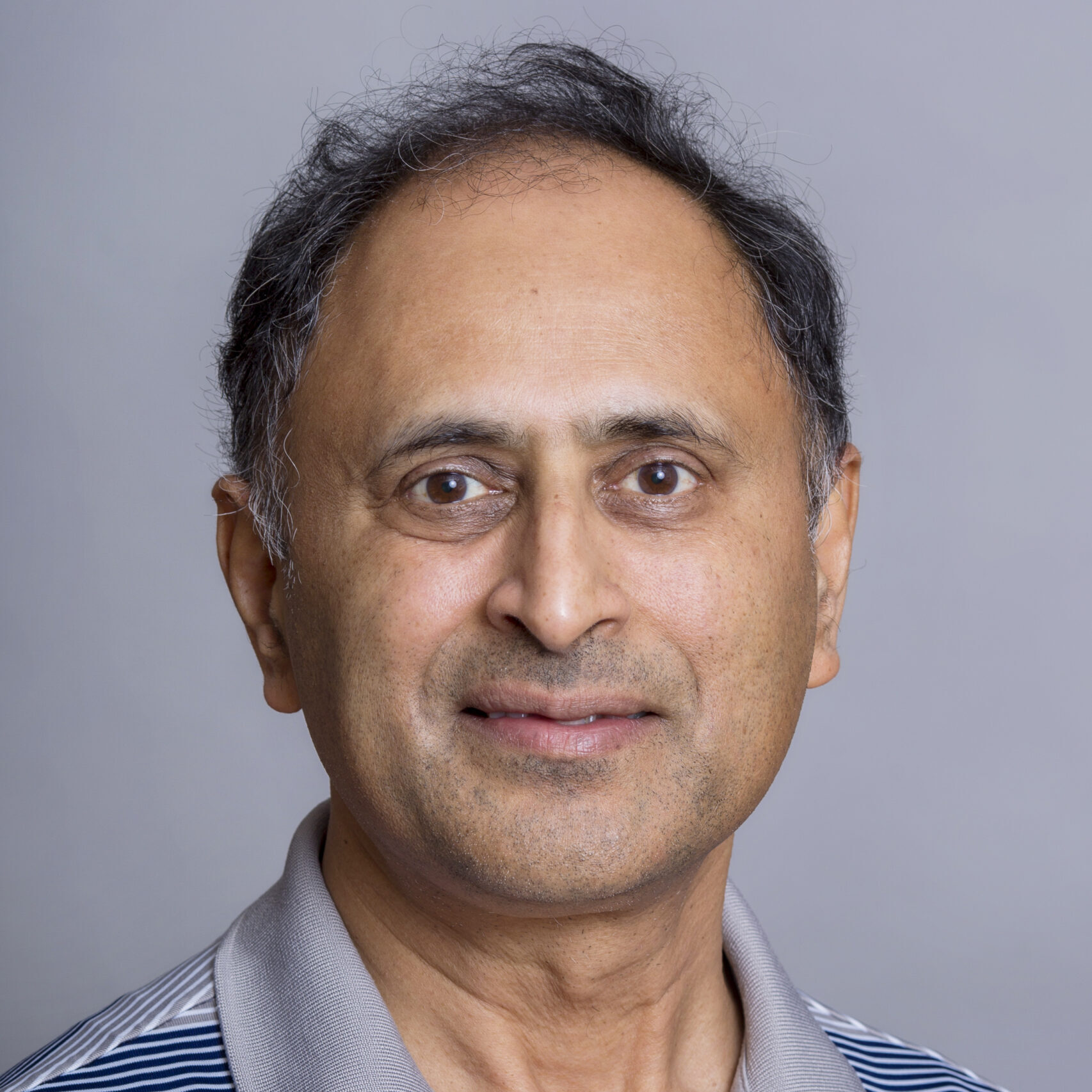
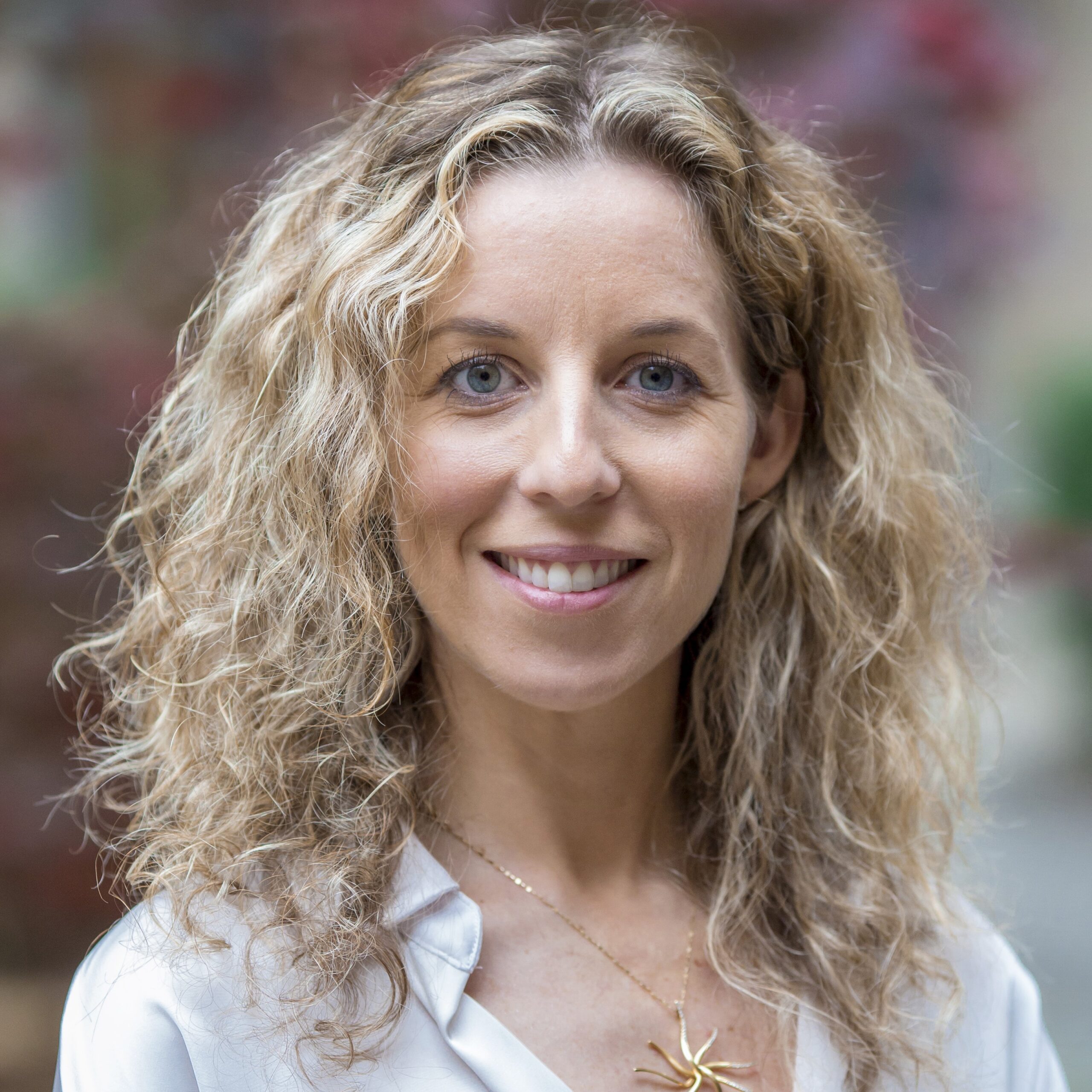
I lead a multifaceted effort to translate discoveries in stem cell biology and organ development into innovative organoid-based solutions to address unmet medical needs.
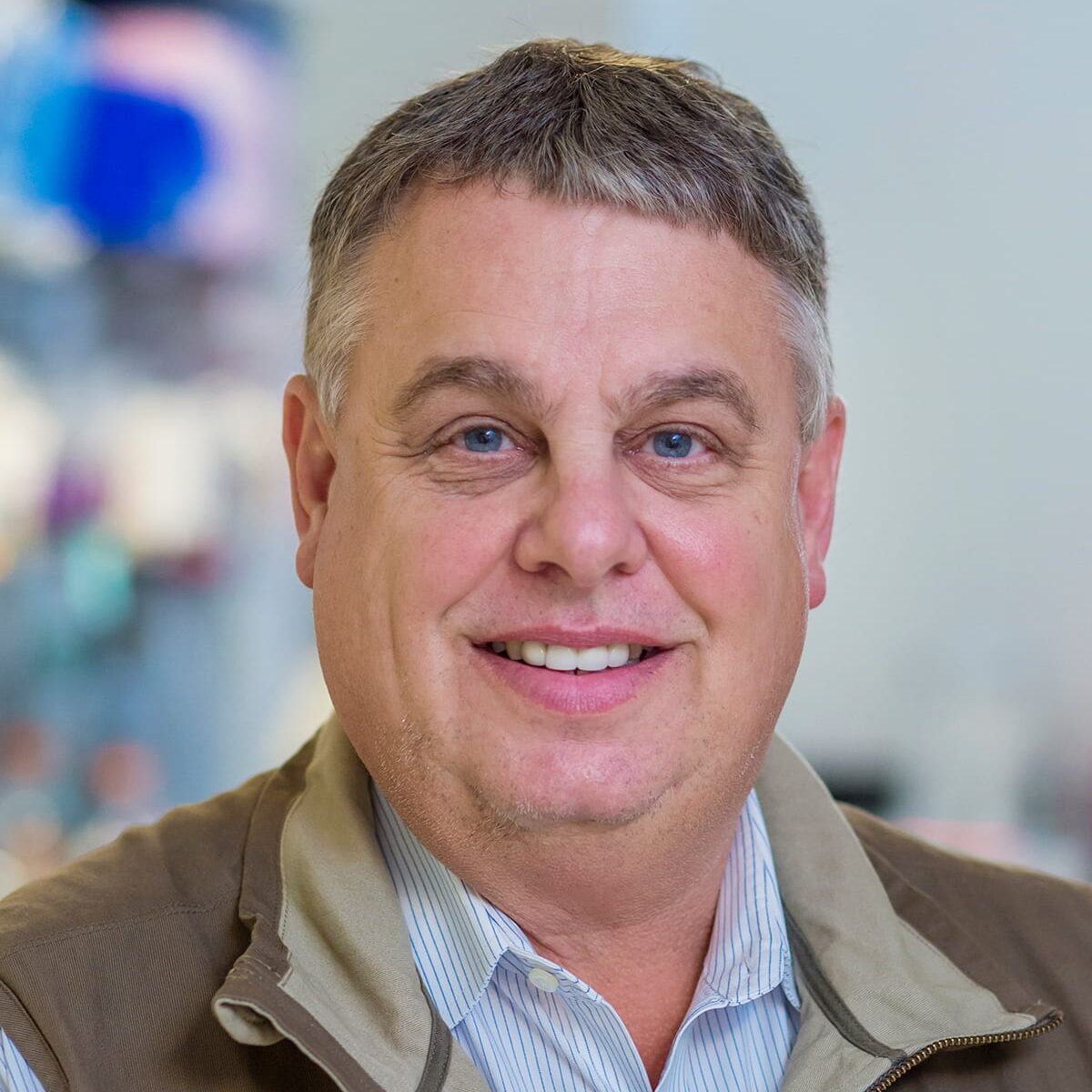
As a pediatric surgeon scientist, Dr. Helmrath has established a large multidisciplinary team dedicated to clinical, translational, and basic science research focused on human diseases.



